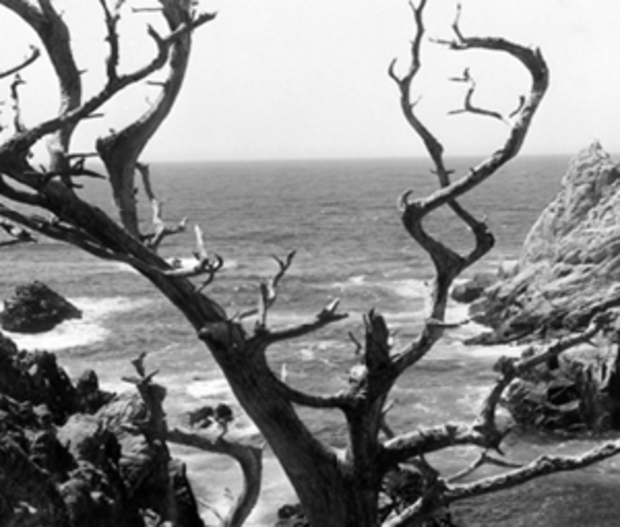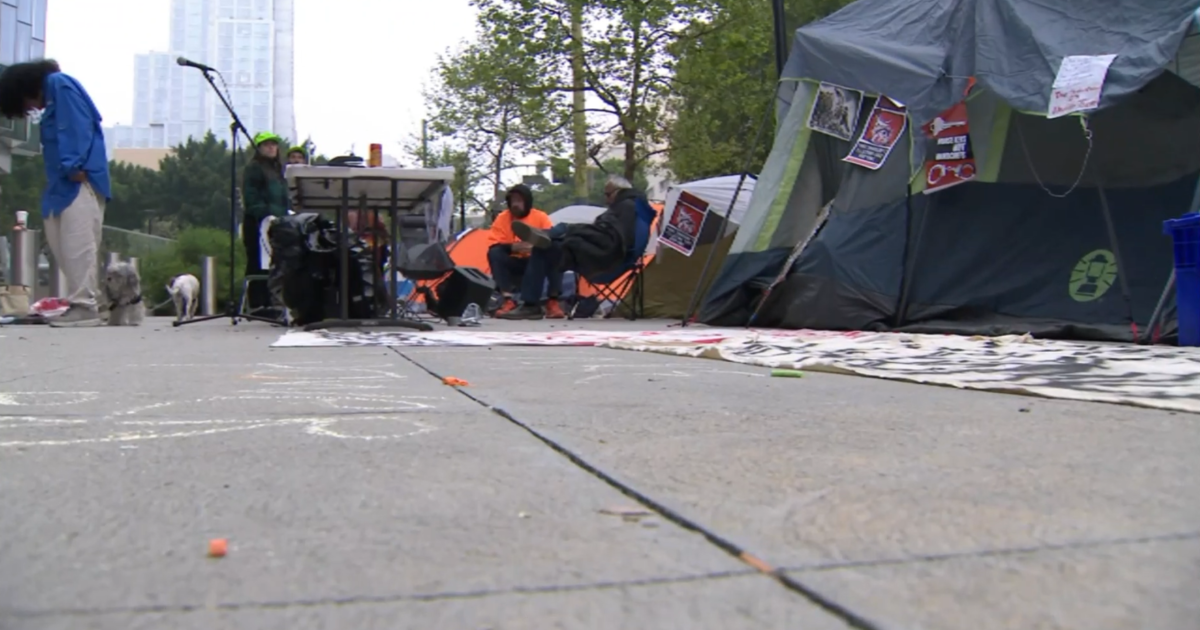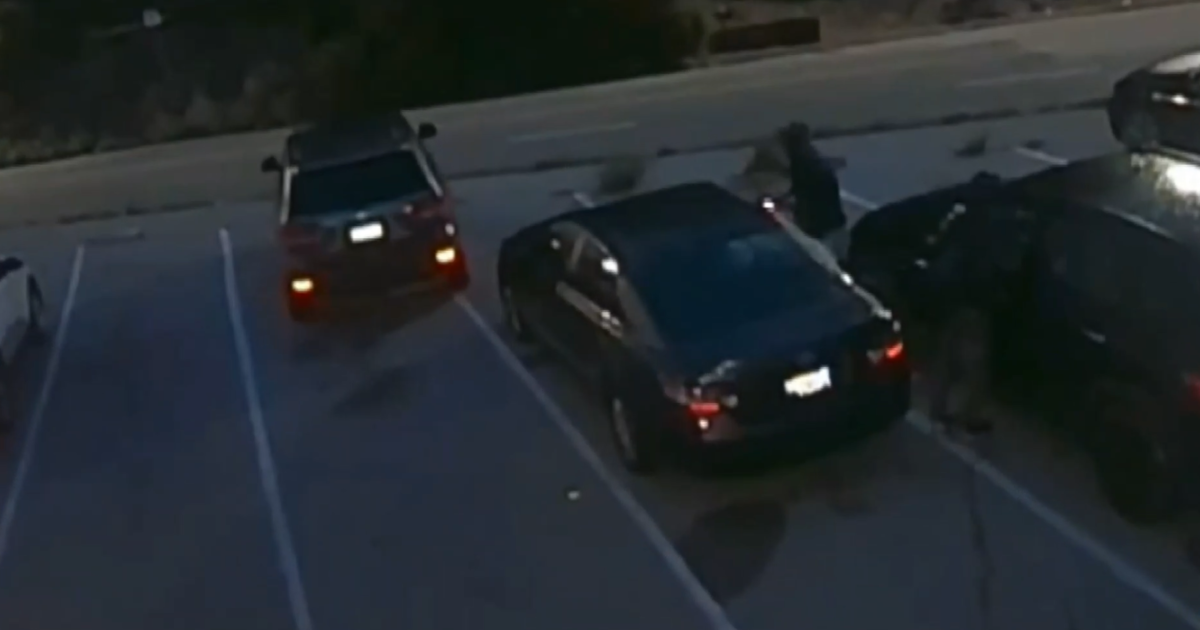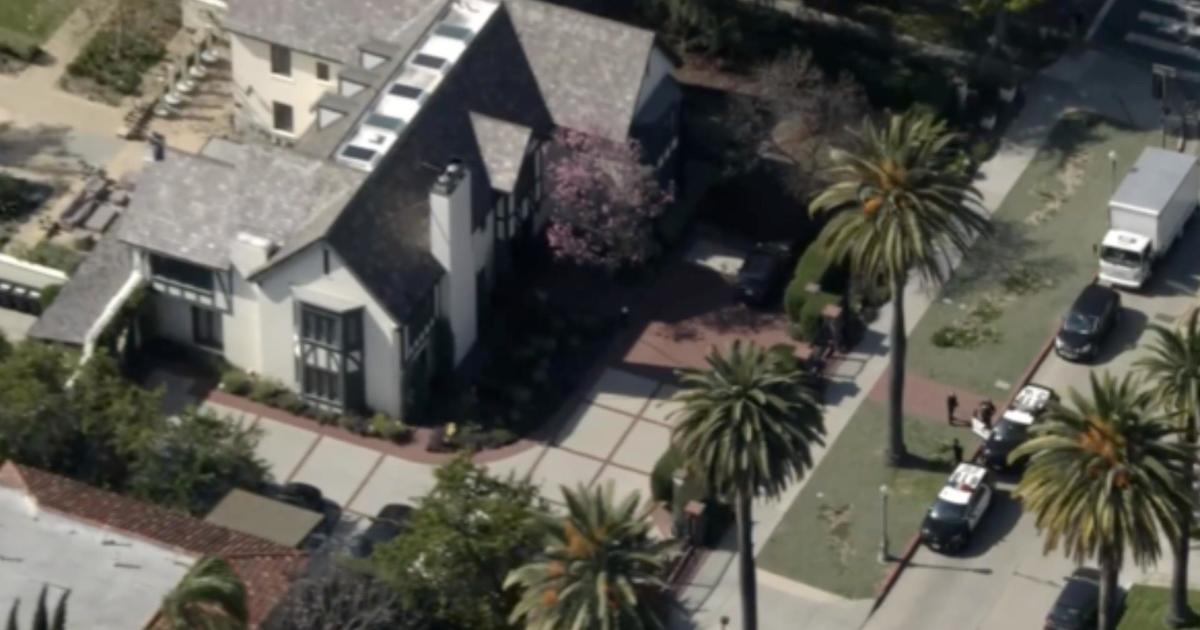The Angelenos Guide To Desert Camping
The deserts of Southern California offer some of the most beautiful and pristine environments for camping. Residents of Los Angeles are lucky to have access to a variety of desert parks and recreation areas that allow both car camping and backpacking. This Angeleno's guide to desert camping describes some of the more popular desert destinations.
Joshua Tree National Park
(760) 367-5500
www.nps.gov/jotr
This large park is located in the high desert to the north of Palm Springs. It's home to a wide variety of plants and animals, including the characteristic Joshua Tree. There are rock formations to explore and several mountains for climbing. Joshua Tree has nine established campgrounds within nearly 800,000 acres, as well as miles of trails for hiking. Backpacking is allowed by permit.
Mojave National Preserve
760-252-6100
www.nps.gov/moja
The Mojave National Preserve, located between Los Angeles and Las Vegas, comprises a vast area of 1.6 million acres. Its rich desert environment includes sand dunes, canyons, mountains and volcanic lava formations. Two developed campgrounds are available, as well as an equestrian campground. Roadside car camping and wilderness backpacking are allowed and don't require permits. There are few established trails, so visitors to the wilderness area should bring maps and plenty of supplies.
Anza-Borrego Desert State Park
760-767-5311
www.parks.ca.gov/?page_id=638
Anza-Borrego is located southeast of Los Angeles in San Diego County. At 600,000 acres, it's the largest state park in California. The environment includes cactus plants, palm trees, washes and sweeping desert vistas surrounded by mountain ranges. A Visitor Center provides information about the park's wildlife, fossils and Native American history. The park includes 110 miles of hiking trails and 12 established campgrounds. Open camping is allowed throughout the park.
This Angeleno's guide to desert camping wouldn't be complete without mention of the unique set of challenges that come with desert camping. Due to the remote location of many campsites and the lack of water, this type of camping requires careful planning and preparation. Packing enough food and water and staying hydrated are critically important. Spring and fall are the best times to plan a desert camping trip, since summer and winter can bring extreme high and low temperatures.
Finally, desert campers should apply the principles of Leave No Trace and be prepared to "pack out" all refuse, leaving the desert in its pristine natural state.
- Catie Watson




